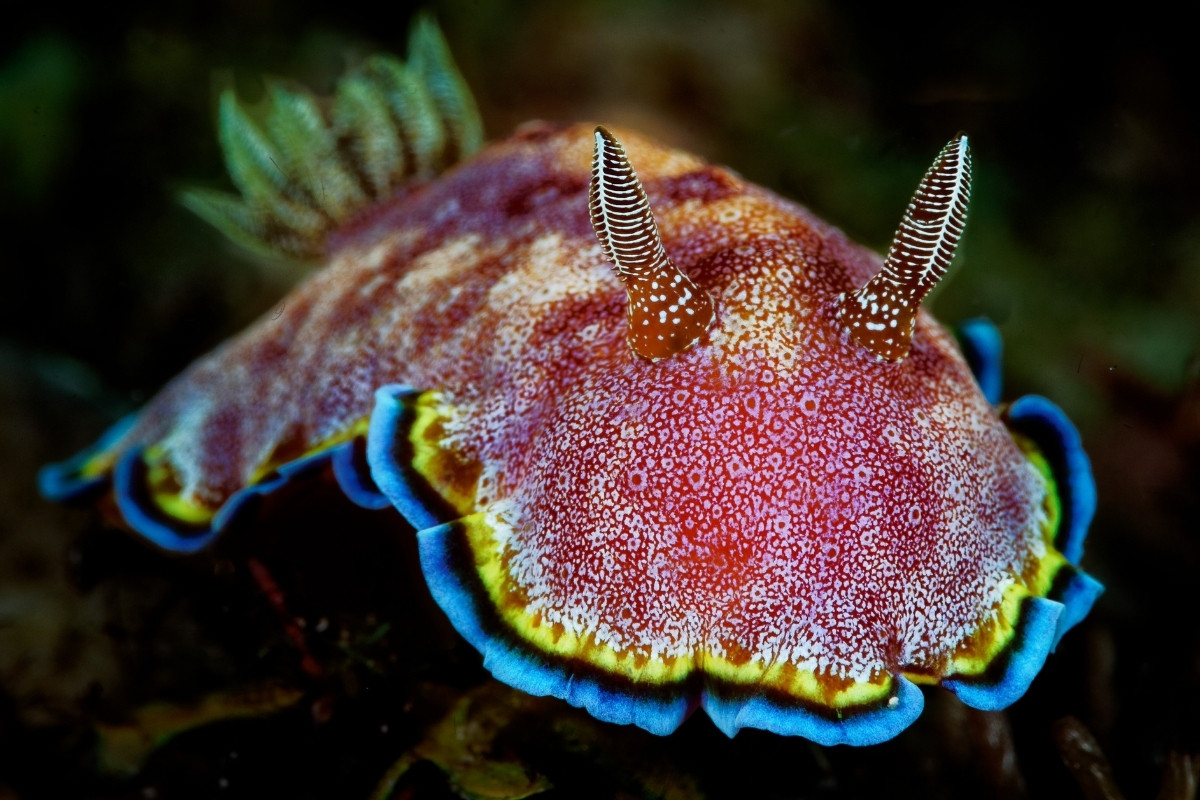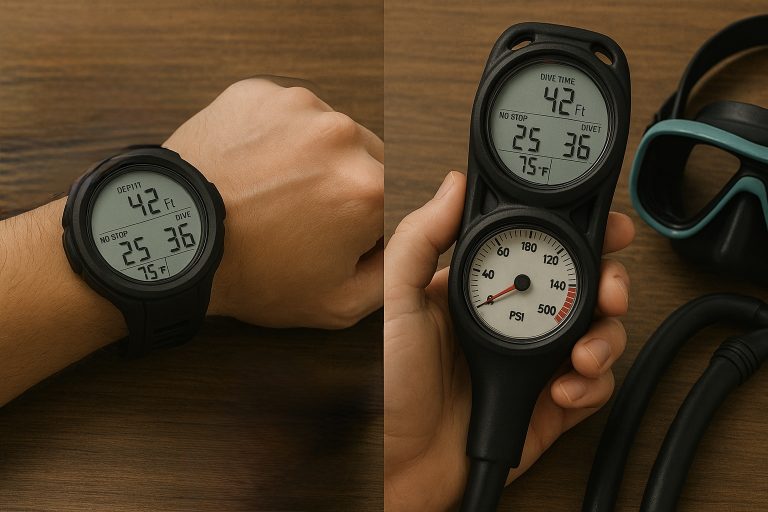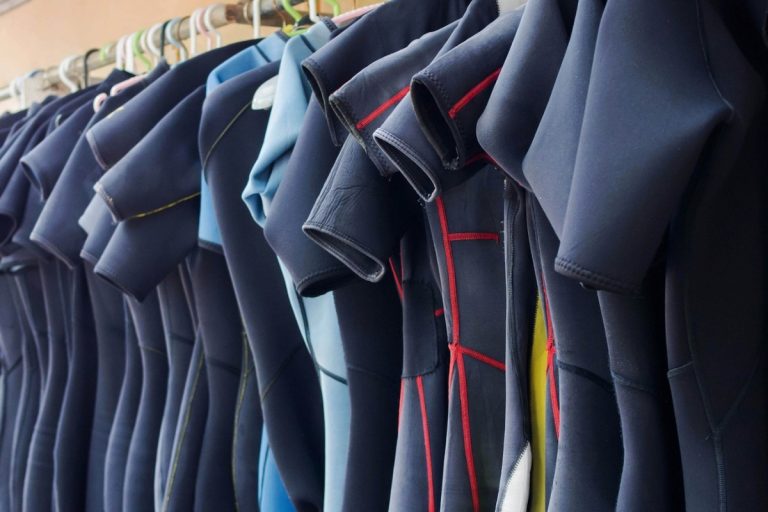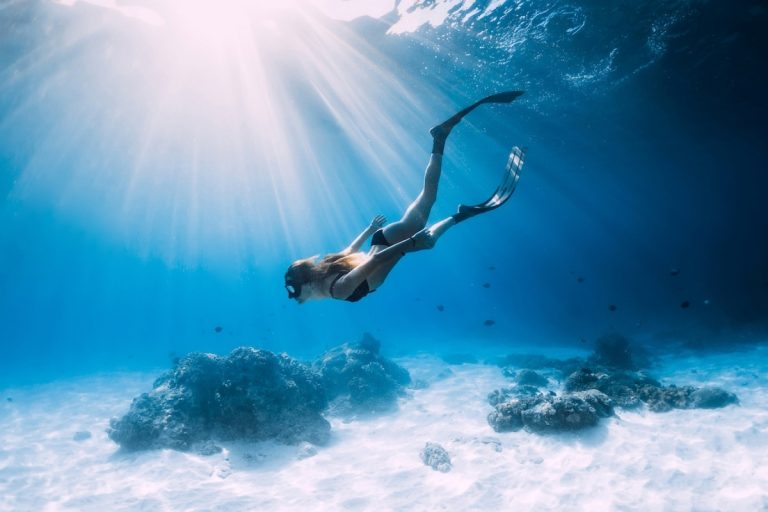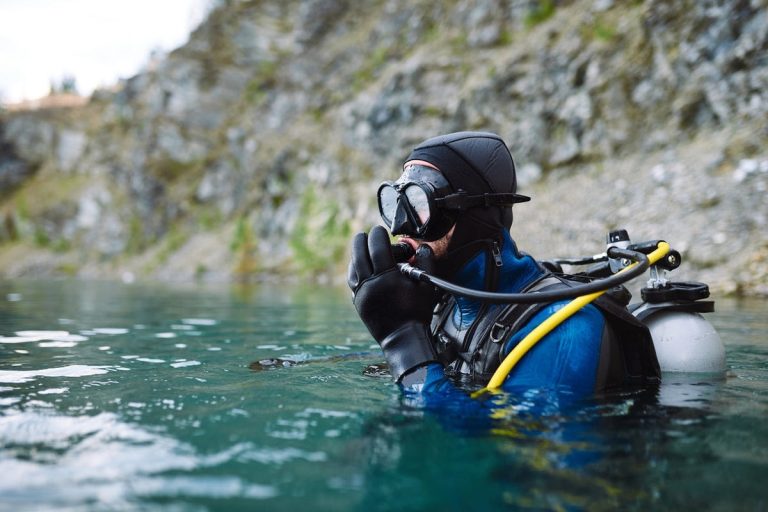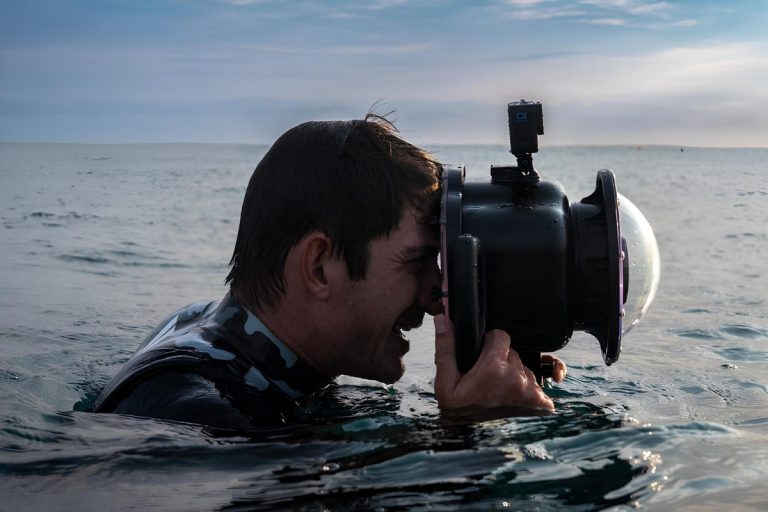Understanding Lens Types
Photography opens up endless creative possibilities, and choosing the right lens can make or break your shot. The world of camera lenses might seem overwhelming at first, but understanding the purposes and characteristics of different lens types will transform how you approach photography. Each lens serves a specific purpose and creates distinct visual effects that can dramatically alter your images.
Overview of Lens Types
Camera lenses fall into several main categories, each designed for specific photographic situations. Wide-angle lenses capture expansive scenes with their broad field of view, while macro lenses specialize in extreme close-up photography. Telephoto lenses bring distant subjects closer, and standard lenses mimic natural human vision. Understanding these fundamental differences helps photographers make informed decisions about which lens to use for any given situation.
Key Characteristics of Wide-Angle Lenses
Wide-angle lenses typically range from 14mm to 35mm on full-frame cameras and offer an exceptionally broad field of view. These lenses capture more of the scene than your eyes naturally see, creating dramatic perspectives that can make small spaces appear larger. They provide increased depth of field, keeping both foreground and background elements in sharp focus. However, wide-angle lenses can introduce barrel distortion, especially at the edges of the frame, which causes straight lines to appear curved.
Key Characteristics of Macro Lenses
Macro lenses are engineered for extreme close-up photography, typically offering a 1:1 magnification ratio or greater. This means the subject appears life-size or larger on your camera sensor. These lenses excel at capturing intricate details invisible to the naked eye, from the texture of flower petals to the compound eyes of insects. Macro lenses usually have longer focal lengths, ranging from 60mm to 200mm, and provide exceptional sharpness and contrast when shooting at close distances.
Key Characteristics of Telephoto Lenses
Telephoto lenses, ranging from 85mm to 600mm and beyond, bring distant subjects closer while compressing the perspective between foreground and background elements. They create shallow depth of field, allowing photographers to isolate subjects against beautifully blurred backgrounds. These lenses are essential for wildlife photography, sports, and portraits where you need to maintain distance from your subject while still filling the frame.
Wide-Angle Lenses
Wide-angle lenses open up a world of creative possibilities for photographers who want to capture expansive scenes and dramatic perspectives. These versatile tools excel in situations where you need to include more of your surroundings in the frame, making them indispensable for landscapes, architecture, and street photography. Their unique characteristics create images that feel immersive and dynamic, drawing viewers into the scene.
Ideal Use Cases
Wide-angle lenses shine in landscape photography, where capturing sweeping vistas and dramatic skies becomes effortless. Architectural photographers rely on these lenses to photograph entire buildings and interior spaces without having to step back great distances. Street photographers appreciate how wide-angle lenses capture the energy and context of urban environments, including both subjects and their surroundings in a single frame. Real estate photography also benefits tremendously from wide-angle lenses, as they make rooms appear more spacious and welcoming.
Advantages of Wide-Angle Lenses
The extended depth of field offered by wide-angle lenses keeps both near and far subjects in sharp focus, reducing the need for focus stacking techniques. This characteristic makes them forgiving for beginners who might struggle with precise focusing. Wide-angle lenses also allow photographers to work in tight spaces where stepping back isn’t possible. They create a sense of depth and dimension that draws viewers into the image, making them feel as though they’re standing right where the photographer was positioned.
Common Distortions and How to Manage Them
Barrel distortion represents the most common challenge when using wide-angle lenses, causing straight lines to bow outward, particularly near the frame edges. Perspective distortion can make objects closer to the lens appear disproportionately large compared to distant elements. To minimize these effects, keep your camera level and avoid placing important subjects near the frame edges. Many modern cameras and post-processing software offer lens correction profiles that automatically compensate for these distortions.
Recommended Settings for Wide-Angle Photography
For optimal results with wide-angle lenses, use apertures between f/8 and f/11 to maximize sharpness across the frame while maintaining good depth of field. Lower ISO settings help preserve image quality and reduce noise. When shooting landscapes, consider using a polarizing filter to reduce reflections and enhance sky contrast. Focus approximately one-third into your scene to maximize depth of field using the hyperfocal distance principle.
Macro Lenses
Macro photography reveals a hidden world of intricate details and textures that remain invisible during normal viewing. These specialized lenses transform ordinary subjects into extraordinary images by magnifying tiny details to life-size proportions or larger. Understanding macro lenses opens up entirely new photographic opportunities, from capturing the delicate structure of snowflakes to documenting the complex patterns found in everyday objects. The realm of close-up photography and fine details becomes accessible through these remarkable optical tools.
Overview of Macro Photography
True macro photography achieves a 1:1 magnification ratio, meaning the subject appears actual size on your camera sensor. This level of magnification reveals textures, patterns, and details that would otherwise go unnoticed. Macro lenses are specifically designed to focus at extremely close distances while maintaining exceptional image quality and sharpness. Unlike regular lenses with close-focusing capabilities, dedicated macro lenses provide optimal performance throughout their focusing range, from infinity down to their minimum focusing distance.
Best Subjects for Macro Lenses
Nature provides endless macro photography opportunities, from flower petals and leaf textures to insects and small creatures. Product photography benefits greatly from macro lenses when showcasing jewelry, watches, or other small items that require detailed documentation. Food photography often employs macro techniques to highlight textures and ingredients. Abstract photography flourishes with macro lenses, as everyday objects become unrecognizable when viewed at extreme magnifications, creating artistic compositions from mundane subjects.
Techniques for Effective Macro Photography
Successful macro photography requires careful attention to lighting, as the close working distances often block natural light from reaching your subject. Ring flashes or twin flash systems provide even illumination without harsh shadows. Manual focus becomes essential at macro magnifications, as autofocus systems often struggle with the shallow depth of field. Focus stacking techniques, where multiple images at different focus points are combined, help achieve front-to-back sharpness in macro subjects.
Challenges When Using Macro Lenses
The extremely shallow depth of field at macro magnifications means only a tiny slice of your subject will appear sharp. Camera shake becomes magnified at close distances, requiring sturdy tripods and careful shooting techniques. Working distances can be uncomfortably close, potentially disturbing live subjects or casting shadows from your lens. Wind becomes a significant challenge when photographing outdoor subjects, as even slight movement can throw your subject out of the narrow plane of focus.
Comparing Wide-Angle and Macro Lenses
Understanding the fundamental differences between wide-angle and macro lenses helps photographers choose the right tool for their creative vision. These two lens types represent opposite ends of the photographic spectrum, each offering unique capabilities and creative possibilities that serve different storytelling purposes.
Differences in Perspective
Wide-angle lenses create an expansive perspective that includes vast amounts of the scene, making viewers feel immersed in the environment. They exaggerate the relationship between foreground and background elements, creating dramatic depth and leading lines. Macro lenses provide an intimate perspective that isolates tiny subjects from their surroundings, focusing attention on details that would otherwise be overlooked. The perspective shift between these lens types is so dramatic that the same location can appear completely different depending on which lens you choose.
Depth of Field Comparisons
Wide-angle lenses naturally provide extensive depth of field, keeping most elements in the scene acceptably sharp from foreground to background. This characteristic makes them forgiving for photographers who want everything in focus. Macro lenses create extremely shallow depth of field, often measuring just millimeters at high magnifications. This shallow focus zone can be both a creative tool for isolating subjects and a technical challenge requiring precise focusing techniques.
Situational Use Cases for Each Lens
Choose wide-angle lenses when you want to show context, capture expansive scenes, or work in confined spaces where you cannot step back. They excel in environmental portraits where showing the subject’s surroundings adds to the story. Macro lenses become essential when details matter more than context, such as documenting textures, patterns, or small subjects that require magnification to be properly appreciated. Scientific documentation, product photography, and artistic detail work all benefit from macro capabilities.
Combining Both Lenses for Unique Shots
Creative photographers sometimes combine wide-angle and macro techniques to create compelling visual narratives. Start with wide-angle establishing shots to show the overall scene, then switch to macro lenses to capture intimate details within that same environment. This approach works particularly well in nature photography, where you might photograph an entire forest with a wide-angle lens, then use a macro lens to capture the intricate details of bark, leaves, or small creatures within that same forest ecosystem.
Choosing the Right Lens for Your Project
Selecting the appropriate lens requires careful consideration of your photographic goals, working conditions, and creative vision. The decision between wide-angle and macro lenses often depends on the story you want to tell and the emotional response you hope to evoke from viewers. Understanding these factors will help you make informed choices that enhance rather than hinder your photographic expression. Professional photographers often find that guidance on selecting the appropriate lens based on needs becomes second nature with experience.
Assessing Your Photography Goals
Start by clearly defining what you want to achieve with your photography. Are you documenting expansive landscapes that showcase the grandeur of nature, or are you interested in revealing hidden details that most people never notice? Consider whether you want to show context and environment or focus on isolated subjects and intricate patterns. Your personal interests and photographic style should guide your lens selection more than technical specifications or popular trends.
Considerations for Lens Selection
Budget constraints often influence lens choices, as quality glass represents a significant investment. Consider the types of subjects you photograph most frequently and the conditions where you typically shoot. If you frequently work in tight spaces or photograph architecture, wide-angle lenses become essential tools. Photographers who focus on nature details, product work, or scientific documentation will find macro lenses indispensable. Think about portability needs, as some lenses are significantly larger and heavier than others.
How to Test Lenses Before Purchase
Rent lenses before making major purchases to ensure they meet your specific needs and shooting style. Many camera stores offer rental programs that allow you to test expensive lenses for a fraction of their purchase price. Attend photography workshops or join local camera clubs where you can try different lenses owned by other photographers. Online reviews and sample images provide valuable insights, but hands-on experience with lenses in your typical shooting conditions offers the most reliable guidance.
Budgeting for Lens Purchases
Quality lenses often outlast camera bodies and represent long-term investments in your photography. Consider buying used lenses from reputable sources to access higher-quality optics within your budget. Third-party lens manufacturers often provide excellent alternatives to brand-name lenses at lower prices. Factor in additional costs such as filters, lens hoods, and protective cases when budgeting for new lenses. Remember that a single high-quality lens often produces better results than multiple mediocre lenses.
Tips for Using Wide-Angle Lenses
Mastering wide-angle photography requires understanding how these lenses interact with light, composition, and perspective. Success with wide-angle lenses comes from embracing their unique characteristics rather than fighting against them. These techniques will help you create compelling images that take full advantage of the wide-angle perspective while avoiding common pitfalls that can diminish image quality.
Lighting Techniques for Wide-Angle Shots
Wide-angle lenses capture large areas of sky, which can create challenging lighting situations with extreme contrast between bright skies and darker foregrounds. Graduated neutral density filters help balance these exposure differences by darkening the sky while leaving the foreground unaffected. Golden hour lighting provides warm, even illumination that enhances wide-angle landscapes. When shooting indoors, be aware that wide-angle lenses may capture multiple light sources with different color temperatures, requiring careful white balance adjustments. Understanding strobe and video light placement for stunning color becomes crucial when artificial lighting supplements natural light in wide-angle compositions.
Best Practices for Composition
Place interesting foreground elements close to your lens to create depth and lead viewers into the scene. Use the rule of thirds to position horizon lines and important elements, but don’t be afraid to break this rule when the composition calls for it. Watch for converging lines and use them to create dynamic compositions that draw attention to your main subject. Be mindful of what appears at the edges of your frame, as wide-angle lenses capture more than you might initially notice through the viewfinder.
Editing Wide-Angle Photos Post-Capture
Lens correction profiles in post-processing software automatically fix barrel distortion and vignetting common in wide-angle images. Adjust perspective correction to straighten tilted horizons and correct keystoning in architectural shots. Selective adjustments allow you to balance exposure across the wide field of view, brightening shadows and controlling highlights independently. Consider cropping to remove less interesting edge areas while maintaining the wide-angle feel of your composition.
Tips for Using Macro Lenses
Macro photography presents unique technical challenges that require specialized techniques and careful attention to detail. Success in macro photography comes from understanding how magnification affects every aspect of your camera settings and shooting approach. These practical tips will help you overcome common macro photography obstacles and create sharp, well-lit images that showcase your subjects in their best light.
Lighting Considerations for Macro Photography
Close working distances in macro photography often block natural light from reaching your subject, creating dark, shadowy conditions. Ring lights provide even, shadowless illumination that works well for scientific documentation and product photography. Twin flash systems offer more creative lighting control, allowing you to create directional lighting that reveals texture and dimension. Reflectors and diffusers help soften harsh light sources and fill in shadows. Consider the color temperature of your lighting sources, as mixed lighting can create color casts that are difficult to correct in post-processing.
Stabilization Techniques for Macro Shots
Camera shake becomes magnified at macro distances, making sharp images challenging to achieve without proper stabilization. Use sturdy tripods with adjustable legs that allow you to position your camera at various heights and angles. Focus rails provide precise focusing adjustments without moving the entire camera setup. Image stabilization in lenses or camera bodies helps when handheld shooting becomes necessary. Mirror lock-up or electronic first curtain shutter modes reduce vibrations caused by camera mechanisms during exposure.
Post-Processing Macro Photos
Focus stacking combines multiple images shot at different focus points to achieve front-to-back sharpness impossible with single exposures. Specialized software automates the focus stacking process, aligning and blending images seamlessly. Sharpening requires careful application in macro photography, as over-sharpening can create artifacts in high-detail images. Color correction becomes critical when working with artificial lighting sources that may not provide accurate color rendition. Noise reduction helps clean up images shot at higher ISO settings often necessary in low-light macro situations.
Common Questions About Lenses
Understanding the practical aspects of lens selection and usage helps photographers make informed decisions and avoid common misconceptions. These frequently asked questions address real-world concerns that photographers encounter when choosing between wide-angle and macro lenses for their projects.
Is a wide-angle lens a macro lens?
No, wide-angle and macro lenses serve completely different purposes and cannot be used interchangeably. Wide-angle lenses are designed to capture broad scenes with extensive fields of view, while macro lenses specialize in extreme close-up photography with high magnification ratios. Some wide-angle lenses offer close-focusing capabilities, but they cannot achieve the 1:1 magnification ratio that defines true macro photography. The optical designs are fundamentally different, with macro lenses optimized for close-distance performance and wide-angle lenses engineered for capturing expansive scenes.
When to choose a macro lens over a wide-angle lens?
Choose macro lenses when your subject requires magnification to be properly appreciated or when details matter more than context. Macro lenses excel for product photography, scientific documentation, nature details, and artistic abstracts created from everyday objects. Select wide-angle lenses when you need to show environmental context, capture architecture, or work in confined spaces. Consider your storytelling goals: macro lenses create intimate, detailed narratives, while wide-angle lenses tell broader, more contextual stories.
How to switch between lenses effectively?
Plan your lens changes in advance to minimize time spent switching between lenses, especially in challenging conditions. Carry lens caps and protective cases to prevent damage during changes. Clean your camera sensor regularly if you frequently change lenses, as dust accumulation can affect image quality. Consider using two camera bodies with different lenses when rapid switching between wide-angle and macro perspectives becomes necessary. Practice lens changes at home to develop smooth, efficient techniques that minimize exposure to dust and moisture.
Frequently Asked Questions
What is the main difference between wide-angle and macro lenses?
Wide-angle lenses capture broad scenes with extensive fields of view, while macro lenses specialize in extreme close-up photography with high magnification ratios.
When should I use a macro lens instead of a wide-angle lens?
Use a macro lens when you need to magnify details that are not visible to the naked eye, such as in product photography or nature close-ups. Choose a wide-angle lens for capturing expansive landscapes or architectural shots.
Can I use a wide-angle lens for macro photography?
While some wide-angle lenses offer close-focusing capabilities, they cannot achieve the 1:1 magnification ratio that defines true macro photography.
Navigating the Lens Landscape
Choosing the right lens is crucial for achieving your desired photographic results. By understanding the distinct functions and strengths of wide-angle and macro lenses, photographers can enhance their storytelling and capture images that resonate with viewers. Whether you're immersing your audience in vast landscapes or revealing the beauty of tiny details, the right lens will empower your creative vision.
